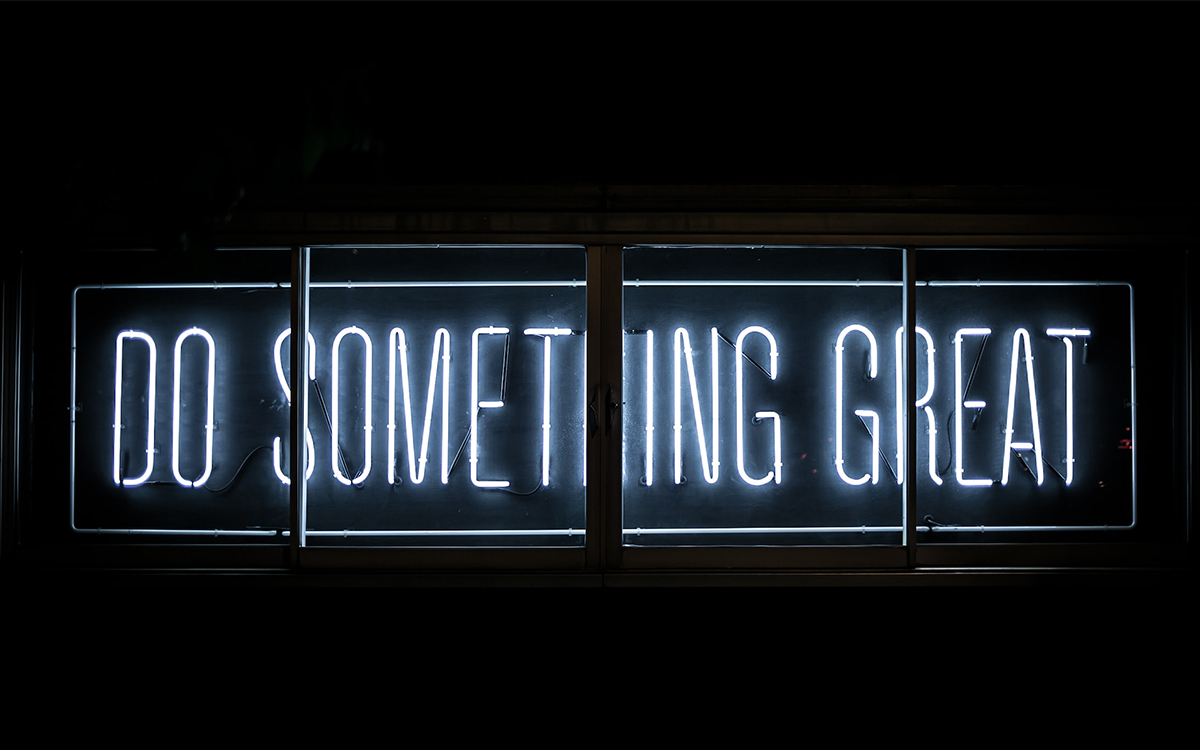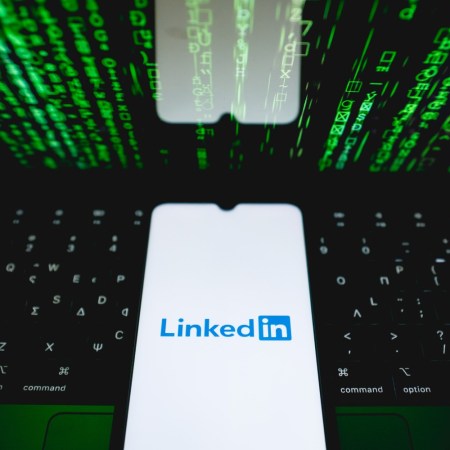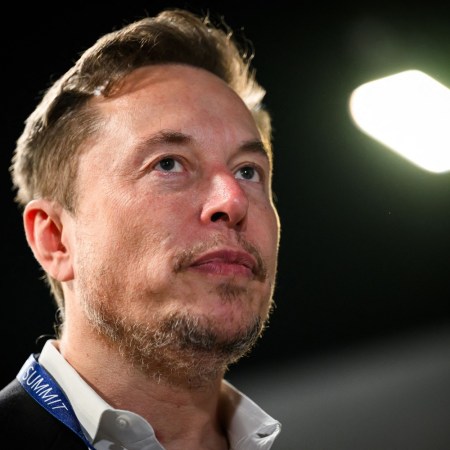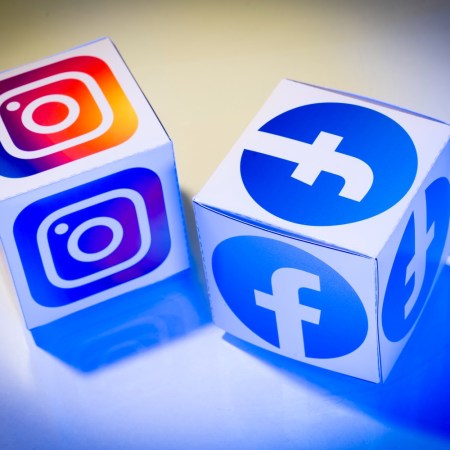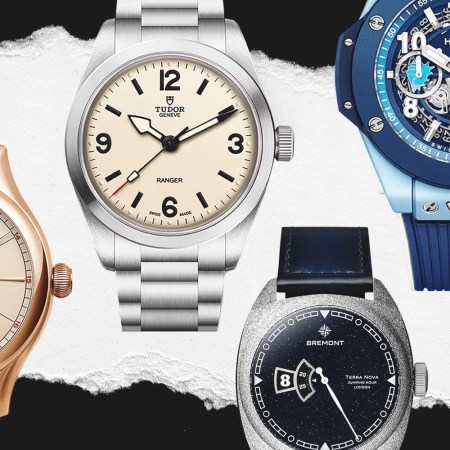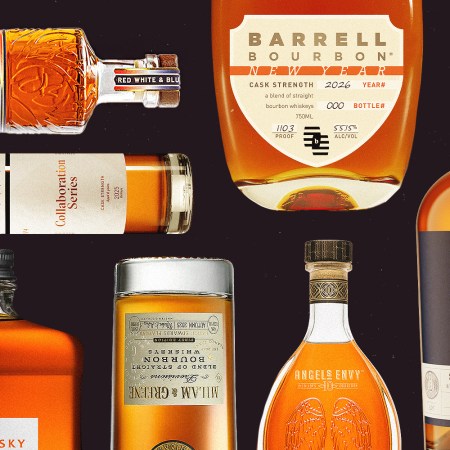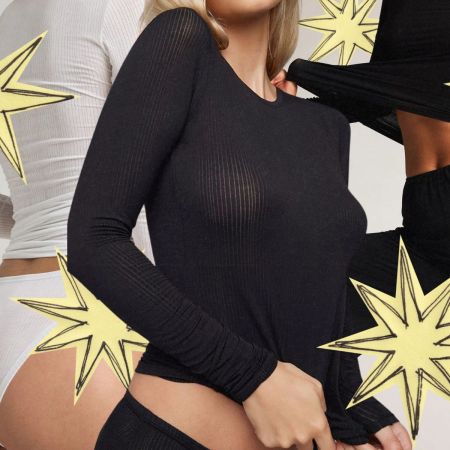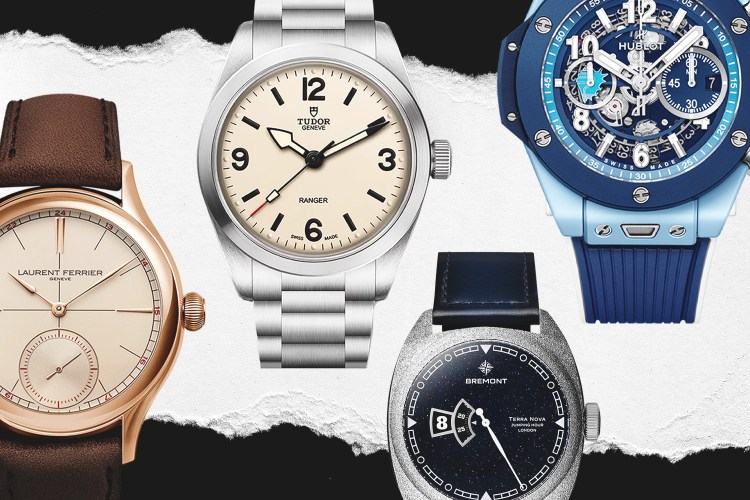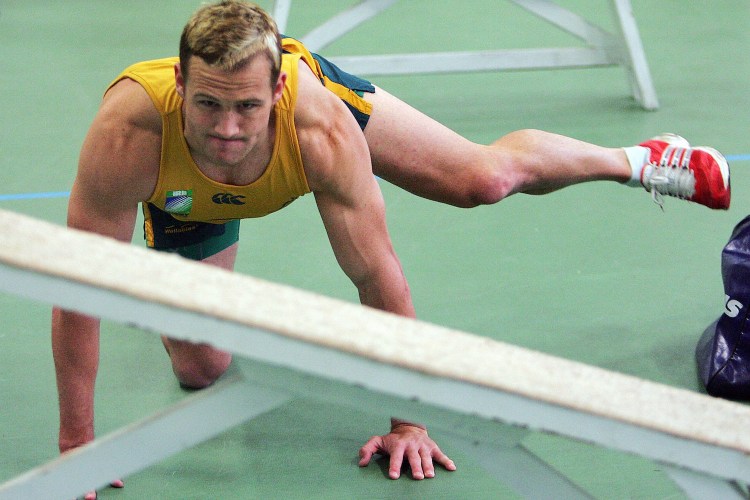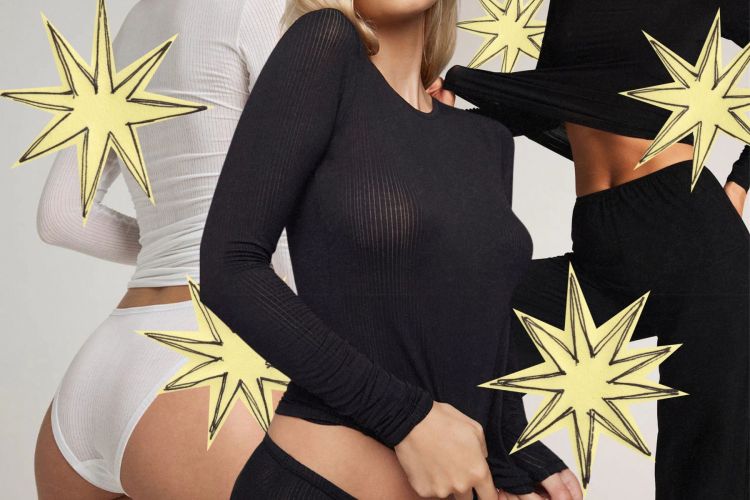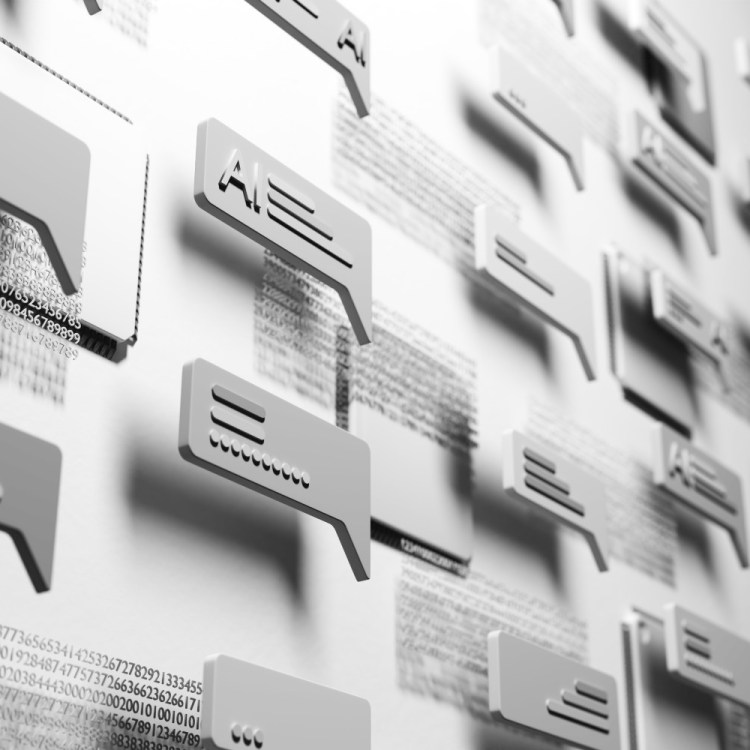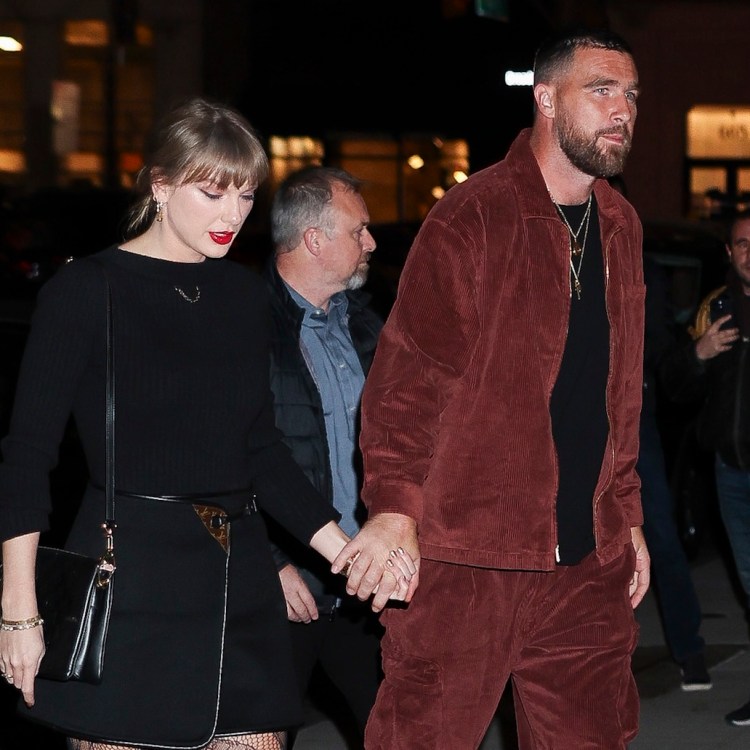I’m not on social media anymore. I deleted my Facebook last year, after using the platform for around 10 years. When I think about my time on that site in terms of fettuccine alfredo (humor me), the first few years were heaping, creamy spoonfuls. Remember the excitement over seeing that little red notification ticker hit an outlandish number? Remember getting invited to a birthday party, tagged in 17 photos and poked in the same day? Over the years, Facebook became a congealed leftover. It didn’t reheat well. Then it stole the personal data of me and all my friends. Then I forgot it was in the fridge for a month, found it, covered my nose and made the decision to throw the whole thing away, Tupperware included, and never think of it again.
I deleted my Instagram soon after, inspired by the prospect of a more bucolic, social media-free existence. It was a more difficult adjustment. Unlike Facebook, I actually used Instagram. For morning news binges, for sports highlights, for following artists and adventurers, for marveling whenever people I knew independently from one another met and became friends. With my Instagram erased, though, moving on proved simple enough: just don’t go to the trouble of making a new one. As for the others — Twitter, Tumblr, TikTok — don’t remember my password, don’t have one, don’t know what that is.
But in the aftermath of that purge, as good as it all felt, I was left with one, pesky, very necessary account: LinkedIn.
There are 675 million people on LinkedIn, and 167 million of those profiles belong to Americans. The network is a dinosaur by social standards: it launched way back in 2003, when Mark Zuckerburg was still working on Facemash. That longevity has led to a certain ubiquity. LinkedIn is not just the domain of 50-somethings with titles like Account Director and Seniors Sales Consultant; most millennials (who maintain 87 million of the platform’s accounts) can’t remember a post-grad job search that didn’t involve LinkedIn. Gen Z can’t imagine one.
Job portals these days often give applicants the option to easily upload a LinkedIn profile in lieu of (or in addition to) a resume and cover letter. Some even require it. College students learn the importance of establishing a presence on the site the second they can list experience that isn’t camp counselor or babysitter. There are classes, of course, aimed at building a better LinkedIn profile, and LinkedIn itself will set you up with a photographer for the perfect headshot.
Related: How to Fix Your LinkedIn, Which Is Probably an Embarrassing Mess
Within the network itself, interaction can be a little clunky (profile views are still shared if you’re not in private mode, or not paying for premium) and robo-messaging ads can pepper a job hunt with false kernels of hope (the more exclamation points, the less likely it’s real). But there is something inevitable about LinkedIn’s influence, its place in the employment ecosystem. It can be a bridge, for some, but for most it’s a big blue tollbooth. Access to postings, recruiters, friends of acquaintances from school, blogs on marketing solutions — it’s all there, if you’re just willing to make a profile and update it from time to time.
I’ve spent a ton of time on LinkedIn lately. I’ve long tried to wrap my head around something I call “muscle-memory procrastination” (it’s a personal term, not Google-able), which I’d explain as the process of instinctively jabbing at an app on your phone when looking to pass time, or turning to the same bookmark time and time again when putting off answering an email. It’s different from turning on a podcast, reading an article, or playing Angry Birds; there’s far less purpose involved. Facebook and Instagram were long my go-to destinations for these moments. In my darkest hours, I’d scroll through Instagram for half an hour, click the home button, then immediately, like a lobotomized chimpanzee, click Instagram again. What was I looking for? Nothing. Absolutely nothing. That was the point.
LinkedIn is my new mainstay for mindless minute-squandering. I don’t do anything in particular when I arrive. I’m content with my job, so I’m not looking for any employment opportunities, and I couldn’t tell you the last time I updated my own page. Instead, I scroll the Home feed, in search of something that reads anything like this:
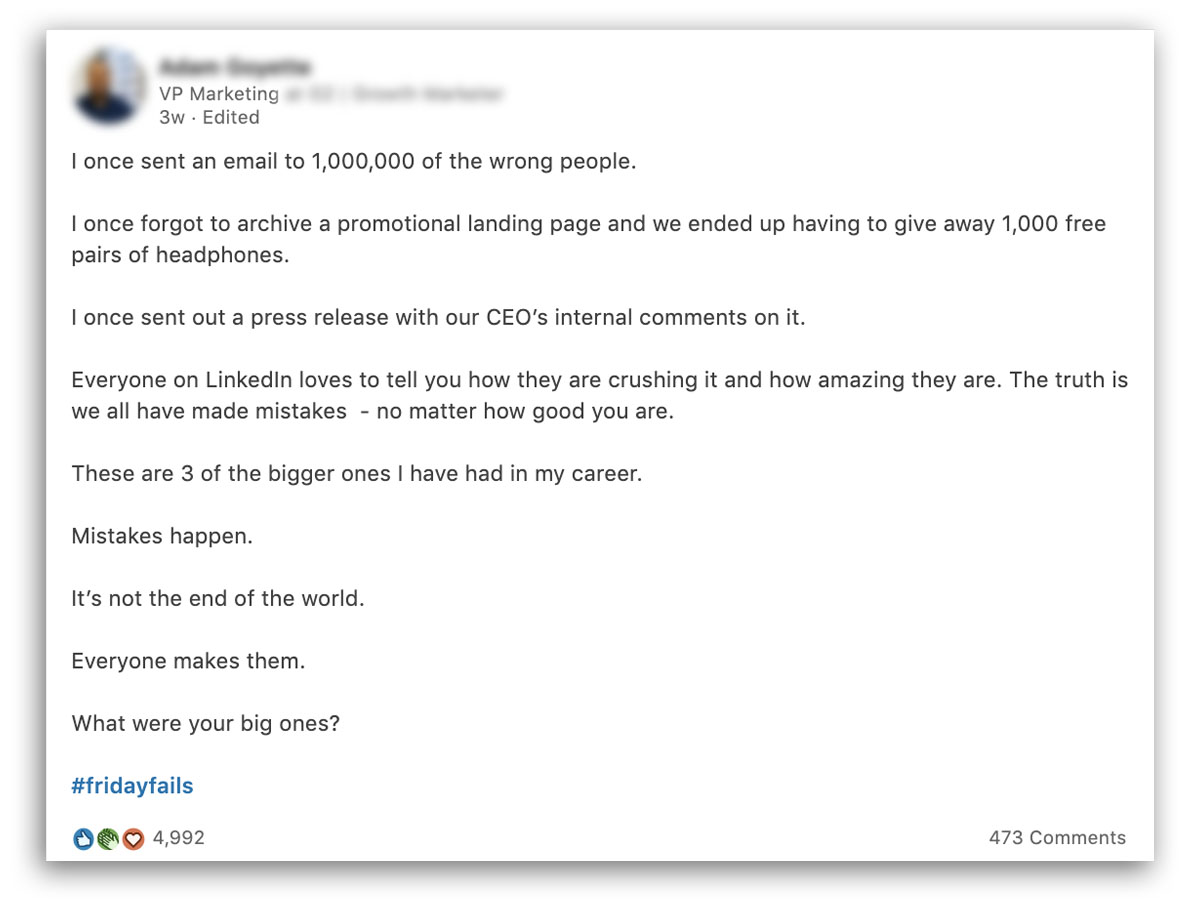
LinkedIn’s Home feed is a mixture of posts from people you know — promotions, moves, anniversaries, pictures from a mildly fascinating work event — sponsored content, college kids announcing how excited they are to commit to summer internships, and links to articles ruminating on brand strategy or audience growth. But the final category, exemplified above, is my favorite, and portends a bizarre, utterly unnecessary and unintentionally hilarious evolution of LinkedIn as a social-media platform. It’s the rise of the faux-inspirational narrative, where professionals, completely unprompted, jot down little workplace vignettes meant to make other LinkedIn users think, gasp or perhaps back away from their screen muttering “Whoa, dude” under their breath.
Because these posts are so ambitious, they end up being really funny. The example above is one of the best I’ve found since I personally started noticing this trend a few months ago. It follows the usual template: short, declarative sentences meant to convey some vague but momentous lesson, stamped with a hashtag. Here, a growth marketer details a litany of screw-ups he’s made, which is his way of telling you that mistakes happen and it’s OK. Great. Only, some of these mistakes are intense. Look at those stats. An incorrect email sent to a million people? A CEO’s private remarks made public? One thousand pairs of free headphones? Yes, people make mistakes. Yes, the work world keeps spinning. But do we really need to know these oddly specific, carefully quantified gaffes?
I mean, I do. Now that I know this is a thing, I live for these posts. Here’s another:
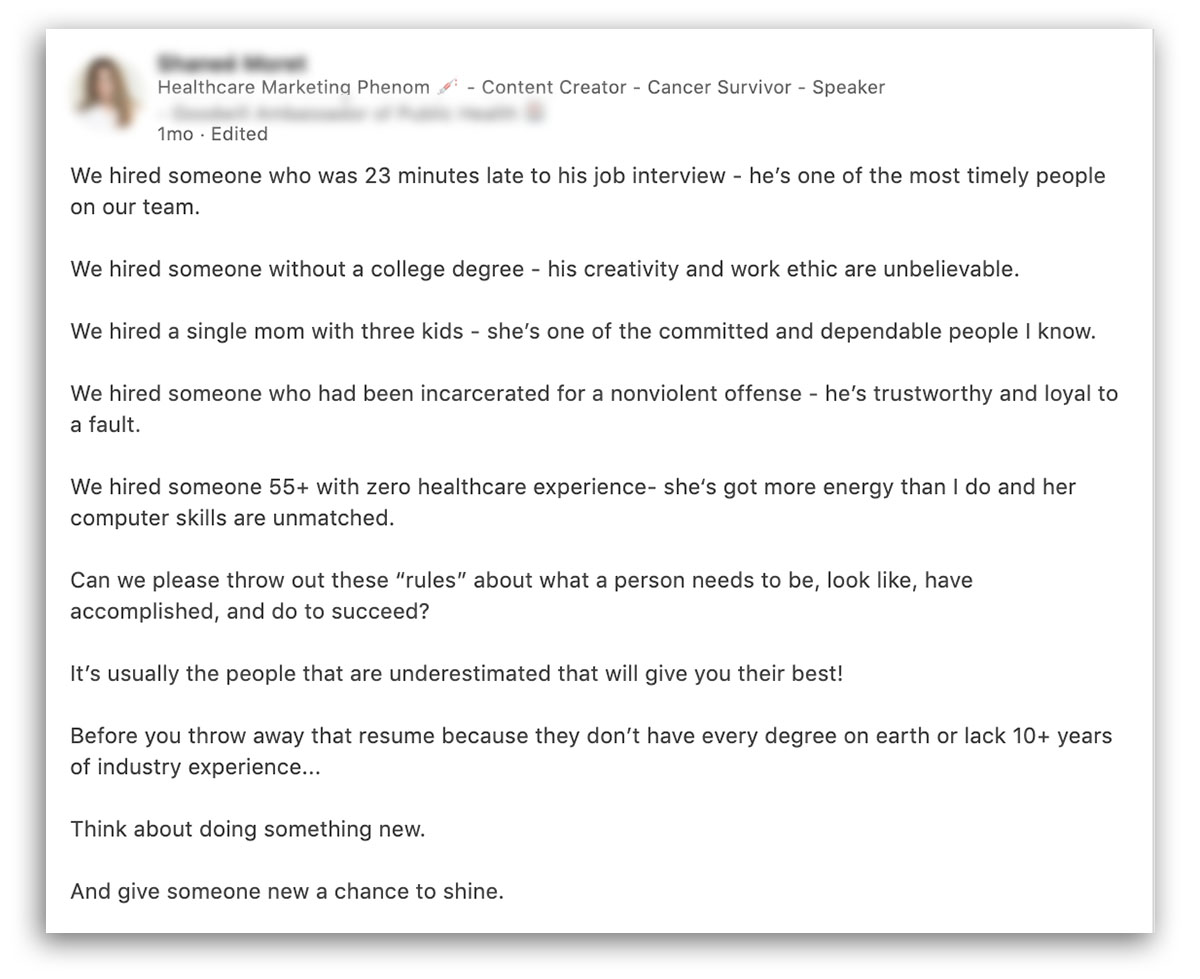
The strength is, again, in the details. The late interviewee who became the most punctual person on staff. The erstwhile criminal who is loyal to a fault. Netflix is greenlighting this LinkedIn post for Spring 2021. It’s juicy, it’s scandalous, it’s meant to be read beside the pool with a pineapple in a tall drink. I have no clue if any of it is true, and I don’t really care. I happen to agree, wholeheartedly, with the moral of the story — job searches are inefficient, soulless social experiments, and rarely manage to draw out the best qualities in an applicant — but I love that it took us five examples and more than 100 words to get there.
There’s a reason for that. These posts are intended to spread messages of goodwill and positivity. They’re the bastard children of self-help culture and HR jargon. Those who post them may have good intentions, but like everyone else posting anything anywhere on social media, must harbor some sort of online, self-promotional motive. It wouldn’t be enough, after all, to head down the hallway and let the man without the college degree know that his work is unbelievable — that concept must be shared with the world (where he remains nameless).
Sometimes, these posts are shorter. These Confucius-style adages get straight to the point, but lack the imagination of the longer soliloquies:
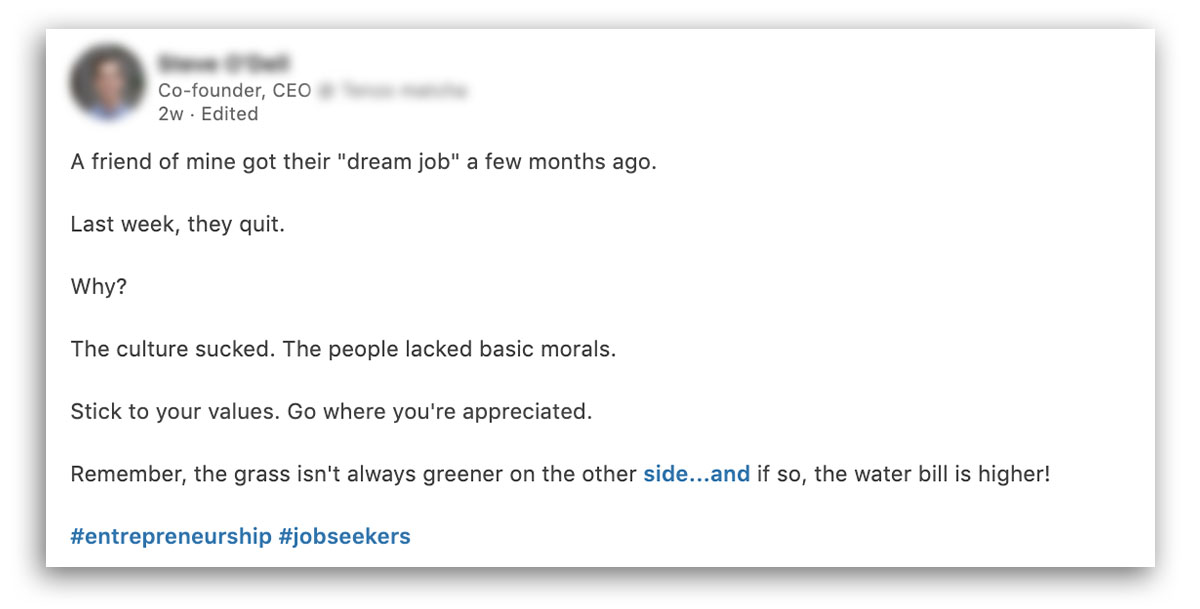
Across their many iterations, though, one through line is clear. We’ve come full circle: LinkedIn is Facebook. Gary Vaynerchuk, one of the premier abettors of this trend and an expert on LinkedIn marketing strategy, wrote last year that LinkedIn is channeling Facebook “five to seven years ago.” It certainly feels that way. Facebook, to be sure, still has well over a billion full-time users. But its engagement has changed: people used to create content by posting personal statuses and writing on each other’s “walls.” These days, Facebook is more of a news aggregator. That development, of course, has proven infamous in various election cycles, but at its most basic just signifies a shift in approach. Facebook is a place to share articles. But as for plans, messaging and birthdays? That can all be handled over at WhatsApp. Photos can be posted to Instagram. Statuses can be shared … on LinkedIn.
The wrinkle is that while personal brand-building on Facebook was always low-stakes and ephemeral — people could try on opinions, events and relationship statuses like outfits — on LinkedIn, the endgame is clear and obvious. Cast your name, your career, your company in a positive light. Make more money. Live more comfortably. It’s just, in the pursuit of that future, some people really go for it, and provide a moment of bamboozled joy to a guy like me, who should really be focusing on his work, so he can make more money.
Anyway, as Rocky Balboa always said: our temporary situation is not our final destination.
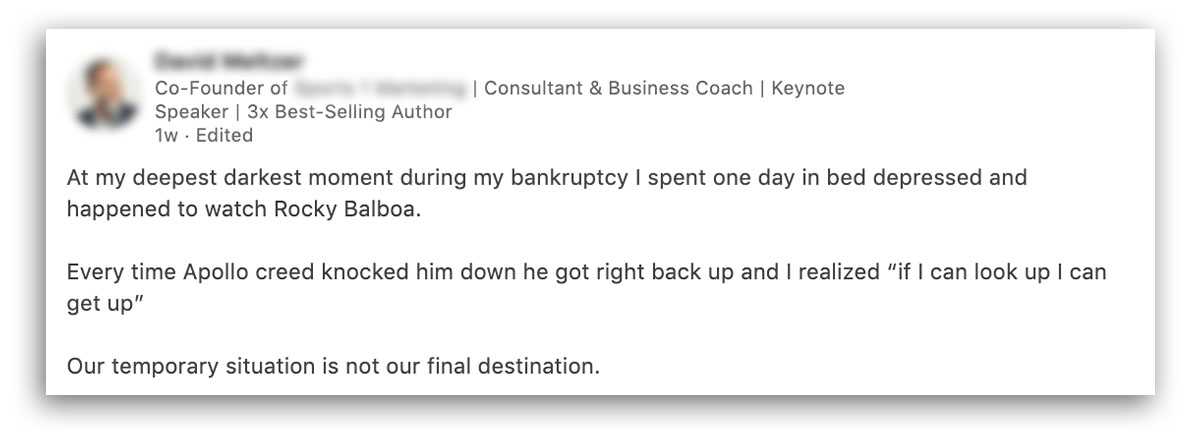
This article appeared in an InsideHook newsletter. Sign up for free to get more on travel, wellness, style, drinking, and culture.
